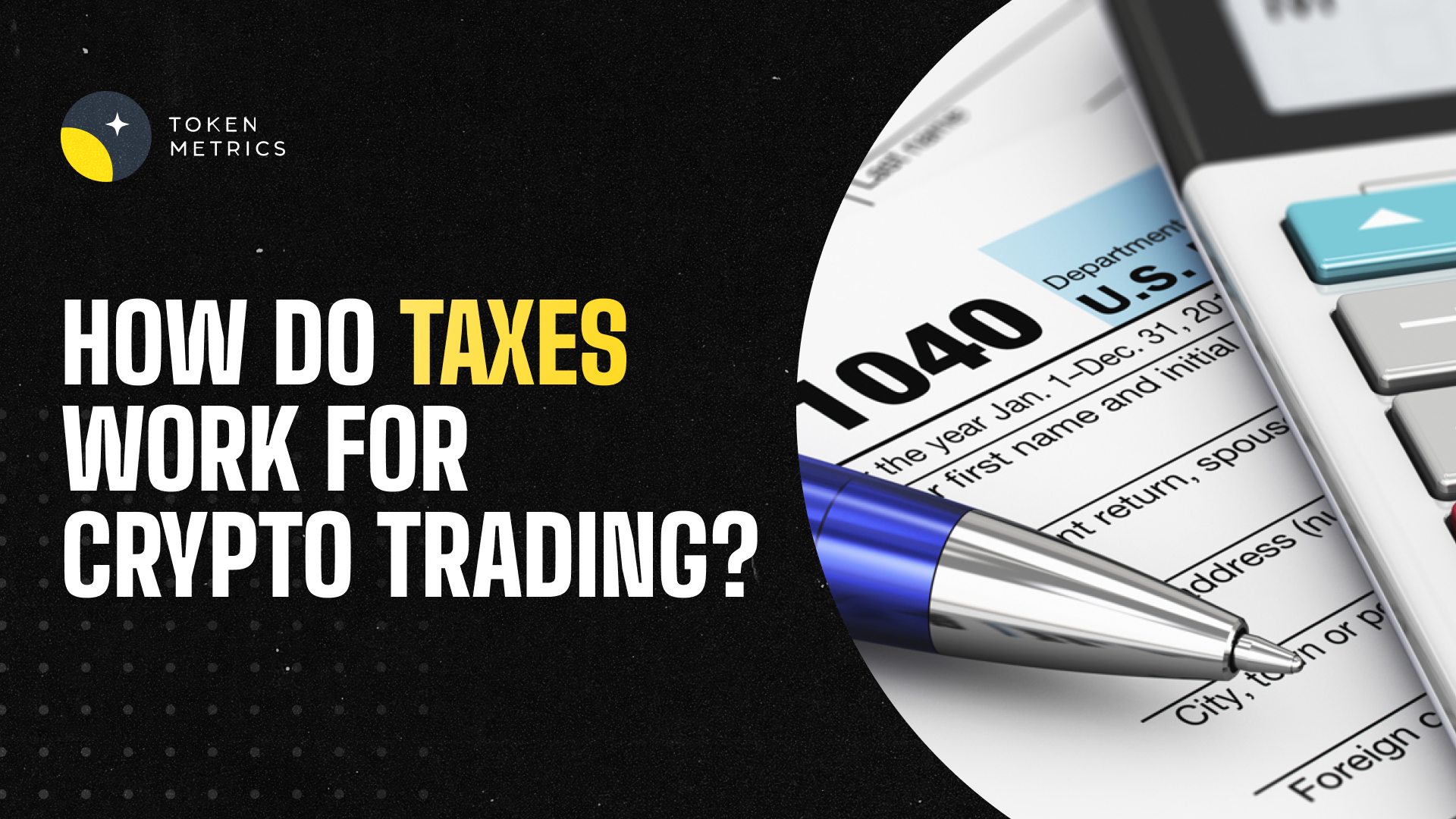
Bullish or Bearish? Interpreting AI Signals in Today’s Volatile Crypto Market

Introduction
Crypto moves fast — and traders who can't read the signs get left behind. But in a market where emotions dominate, how do you distinguish between a real trend and a fakeout? That’s where AI-powered trading signals come in.
Token Metrics AI monitors over 6,000 tokens using 80+ data points, from technical momentum to on-chain activity and social sentiment. Its bullish and bearish signals aren’t just flashes of color — they’re actionable, data-driven insights that can guide decisions in chaotic markets.
In this post, we break down how to interpret bullish and bearish signals, what they’ve been saying recently, and how to react when market direction flips suddenly.
What Are Bullish and Bearish Signals?
Let’s start with the basics:
- Bullish Signal (Green Dot): Indicates that a token is showing signs of an upward trend based on combined technical, sentiment, and on-chain analysis.
- Bearish Signal (Red Dot): Suggests that a token is losing momentum, and price downside or stagnation is likely.
But these signals aren’t standalone — they come with contextual grades, like the Trader Grade, which ranks signal strength from 0 to 100. This allows you to not just know the direction, but the confidence behind it.
What Happened Recently? The May 30 Flip
On May 30, 2025, Token Metrics AI issued a broad bearish flip across much of the market. That included:
- Ethereum
- Bittensor
- Launchcoin
- Many Real World Asset and L2 tokens
The AI signal flipped red, and Trader Grades fell across the board. Why? Here's what the AI detected:
- Slowing volume
- Negative sentiment shift
- Liquidity thinning on DEXs
- On-chain accumulation stalling
This wasn’t panic-driven — it was a data-driven, proactive warning that the cycle had peaked. In a world where most traders rely on lagging indicators or Twitter sentiment, this was an edge.
How to Interpret a Bullish Signal
A bullish signal isn’t an instant “buy” — it's a call to investigate. Here's what to check when a green dot appears:
✅ 1. Trader Grade Above 80
This means high conviction. If it's between 60–79, the trend is forming, but may lack strength.
✅ 2. Volume Confirmation
Price up + volume up = good. Price up + volume flat = caution.
✅ 3. Narrative Alignment
If the token fits a hot theme (like RWAs or AI), that adds strength to the signal.
✅ 4. Recent Price Action
Did the signal appear after a breakout, or just before? Entry timing depends on whether you're catching the beginning or chasing the middle of the trend.
✅ 5. Compare to Peers
If 3–5 similar tokens are also turning bullish, that indicates sector-wide rotation — a better entry environment.
How to Interpret a Bearish Signal
Red doesn’t mean "dump immediately" — it means it's time to tighten your risk.
❗ 1. Trader Grade Below 50
This indicates deteriorating conviction — exit or reduce exposure.
❗ 2. Volume Divergence
If price is flat but volume is fading, that’s a warning of a potential breakdown.
❗ 3. Signal Timing
Did the bearish flip happen near local highs? That’s often the best exit point.
❗ 4. Check for Repeats
Was this the second red dot in a week? That could confirm a longer-term downtrend.
❗ 5. BTC/ETH Context
If Bitcoin or ETH also flip bearish, it may suggest macro pressure, not just token-specific weakness.
Real-Time Examples from the Webinar
During the June 5 Token Metrics webinar, we walked through examples of how these signals worked in real time:
🟢 Bullish (April) – Launchcoin
Strong signal, grade in the 80s. Resulted in a massive short-term run.
🔴 Bearish (May 30) – Ethereum
Signal turned red around $3,490. Traders who followed it avoided the 55% drawdown that followed.
🔴 Bearish (June) – Fartcoin
After a 700% run-up, the signal flipped bearish with a low Trader Grade of ~24. Result? A slow bleed lower as sentiment cooled.
What Makes AI Signals Different from Traditional TA?
Feature Token Metrics AI Traditional TA
Combines social + on-chain ✅ ❌
Updated in real time ✅ ❌
Machine learning trained on past data ✅ ❌
Outputs confidence grade ✅ ❌
Adapts to new narratives ✅ ❌
This isn’t about moving averages or MACD — it’s about combining the entire digital footprint of a token to anticipate what comes next.
How to React to a Signal Flip
What do you do when your favorite token suddenly flips from bullish to bearish?
- Reduce exposure immediately — even if you don’t sell everything, cut risk.
- Check the Grade — if it’s falling, momentum is likely over.
- Watch Peer Tokens — if similar projects are also turning red, it confirms sector rotation.
- Set New Alerts — if the signal flips back to green, be ready to re-enter.
Your job isn’t to predict the market. It’s to respond to what the data is saying.
How to Combine AI Signals with a Strategy
Here’s a basic framework:
Entry
- Bullish signal + Trader Grade > 80 = enter with full size.
- Grade 60–79 = enter small or wait for confirmation.
Exit
- Bearish signal = scale out or exit.
- Grade < 50 = no new positions unless for short trades.
Risk
- Position size scales with grade.
- Only trade tokens with high liquidity and volume confirmation.
This keeps your system simple, repeatable, and data-driven.
Conclusion
In volatile markets, conviction matters. Token Metrics AI doesn’t just point up or down — it tells you how strong the trend is, how likely it is to last, and when it’s time to pivot.
Don’t trade on emotions. Don’t chase hype. Use the signals — and trust the grade.
Because in a market that never sleeps, it pays to have an AI watching your back.

.svg)

Create Your Free Token Metrics Account

.png)




%201.svg)
%201.svg)


%201.svg)













.svg)




.png)